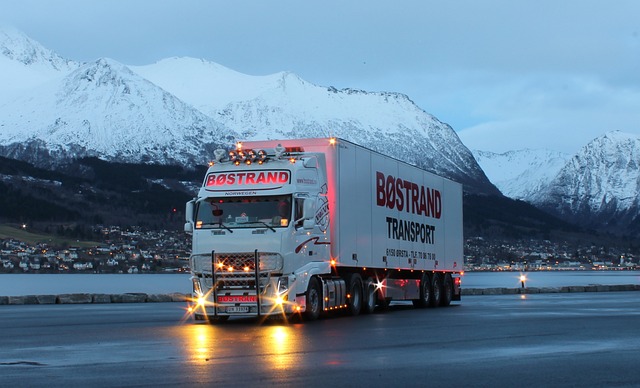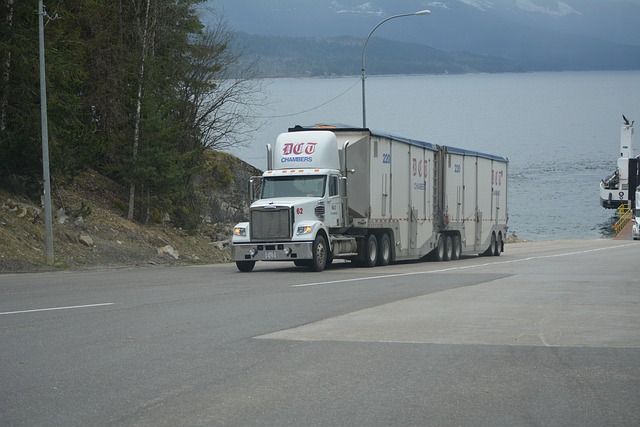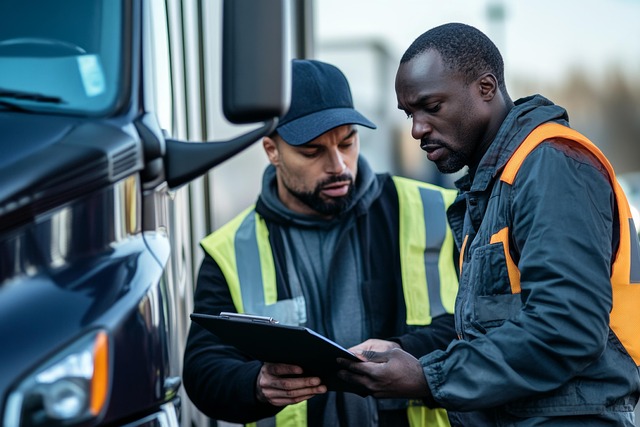Using personal vehicles for commercial purposes presents unique risks for independent drivers, including higher accident rates, legal liabilities, and insurance gaps. To mitigate these dangers, independent driver protection through tailored insurance, risk assessments, and clear legal frameworks is essential. Safety measures like defensive driving training, regular vehicle maintenance, advanced driver-assistance systems (ADAS), strict adherence to traffic rules, and pre-trip inspections are crucial. Open communication and utilizing resources from insurance providers, government initiatives, and non-profits can enhance safety practices and protect independent drivers.
In today’s gig economy, many individuals turn to personal vehicle usage for commercial purposes as independent drivers. While this offers flexibility, it also exposes them to unique risks. “Protecting Drivers During Personal Use of Commercial Vehicles” explores the crucial need for independent driver protection. We delve into understanding the risks, legal considerations, and best practices for safety implementation. Additionally, we highlight available resources and support tailored to meet the needs of this growing workforce.
Understanding the Risks: Why Independent Drivers Need Protection

For many, using their personal vehicles for commercial purposes might seem like a straightforward way to earn an extra income. However, it’s crucial to recognize and address the unique risks associated with this practice. Independent drivers who use their own cars or trucks for work-related tasks face distinct challenges that require specialized protection. These risks often include higher likelihoods of accidents due to varying road conditions, increased exposure to legal liabilities, and potential issues with insurance coverage gaps.
Without adequate safeguards, independent drivers could find themselves vulnerable financially and legally. Protecting them is essential as it ensures they have access to necessary resources in case of emergencies or disputes arising from work-related incidents. Implementing measures like tailored insurance policies, comprehensive risk assessments, and clear legal frameworks specifically designed for independent drivers can go a long way toward mitigating these risks and fostering a safer environment for those navigating the intersection of personal and commercial vehicle use.
Legal Considerations for Personal Vehicle Use

When personal vehicle use intersects with commercial activities, legal considerations come into play that are crucial for protecting drivers. Independent drivers who use their own cars for work-related tasks must be aware of the potential risks and liabilities involved. Different jurisdictions have varying laws governing non-commercial vehicle usage, focusing on aspects like insurance requirements, worker classification, and compensation for personal injuries sustained during work-related drives.
Understanding these legalities is essential to ensure drivers are adequately protected under independent driver protection schemes. Companies that engage independent contractors or rely on personal vehicles for operations should establish clear guidelines, providing adequate coverage through comprehensive insurance policies tailored to these unique circumstances.
Implementing Safety Measures and Best Practices

Implementing robust safety measures is paramount for protecting independent drivers who utilize commercial vehicles for personal use. This involves ensuring that drivers are adequately trained in defensive driving techniques and familiar with vehicle-specific safety features. Regular maintenance checks on brakes, tires, lights, and other critical components can significantly reduce accident risks. Additionally, fitting advanced driver-assistance systems (ADAS) such as collision avoidance and lane departure warnings enhances safety, providing drivers with real-time alerts to potential hazards.
Best practices for personal vehicle use include strict adherence to traffic rules, avoiding distractions like mobile phones during driving, and maintaining a safe following distance from other vehicles. Encouraging drivers to conduct pre-trip inspections before each journey ensures they are aware of any potential issues. Moreover, promoting a culture of open communication among drivers, fleet managers, and relevant stakeholders fosters a collaborative environment where safety concerns can be promptly addressed, ultimately contributing to the overall well-being of independent drivers.
Available Resources and Support for Independent Drivers

Independent drivers who use their vehicles for personal purposes often face unique challenges when it comes to safety and protection. Fortunately, there are numerous resources and support systems available tailored specifically for their needs. Many insurance providers offer specialized policies that cater to independent driver protection, ensuring they’re covered during both commercial and personal use. These policies can provide comprehensive liability coverage, protecting drivers from financial burdens in case of accidents or damages.
Additionally, government initiatives and non-profit organizations play a vital role in advocating for and supporting independent drivers’ safety. They often conduct awareness campaigns, share valuable insights on traffic regulations, and offer training programs to enhance driving skills. By leveraging these resources, independent drivers can stay informed, improve their safety practices, and mitigate risks associated with personal vehicle usage for commercial purposes.
